A Brief History of Art: From Prehistoric Times to the Present Day
Art has been a defining feature of human civilization since the dawn of time. From the ancient cave paintings of the Paleolithic era to the contemporary art of the 21st century, art has been an essential tool for expression, communication, and cultural reflection.
Throughout history, art has evolved alongside changes in society, culture, and politics, reflecting the beliefs, values, and aspirations of each era. We will explore the history of art from prehistoric times to the present day, examining the key artistic movements, styles, and techniques that have shaped our understanding of the world around us.
Prehistoric Art
The earliest form of art can be traced back to prehistoric times when our ancestors created cave paintings to depict their daily lives and rituals. These cave paintings were created using simple tools such as animal bones, sticks, and charcoal, and depicted images of animals, humans, and abstract symbols.
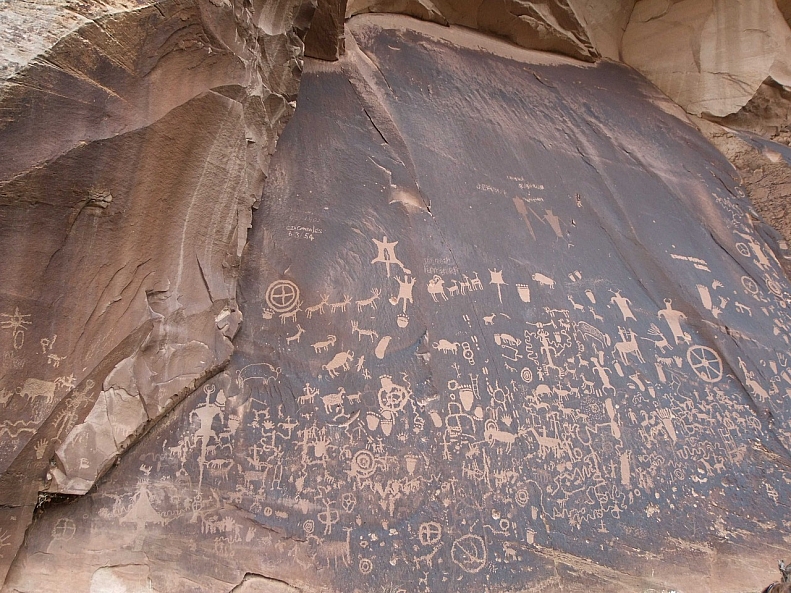
The most famous prehistoric cave paintings can be found in Lascaux, France, where images of bison, horses, and other animals adorn the walls. Prehistoric art was primarily created for religious and spiritual purposes, reflecting the beliefs and customs of early human civilizations.
Ancient Art
Ancient art refers to the artistic traditions of the ancient civilizations of Egypt, Greece, and Rome, which emerged around 3000 BCE and lasted until the fall of the Roman Empire in 476 CE. Ancient art was heavily influenced by religion, mythology, and politics, and was often used to glorify the rulers and idols of each civilization.
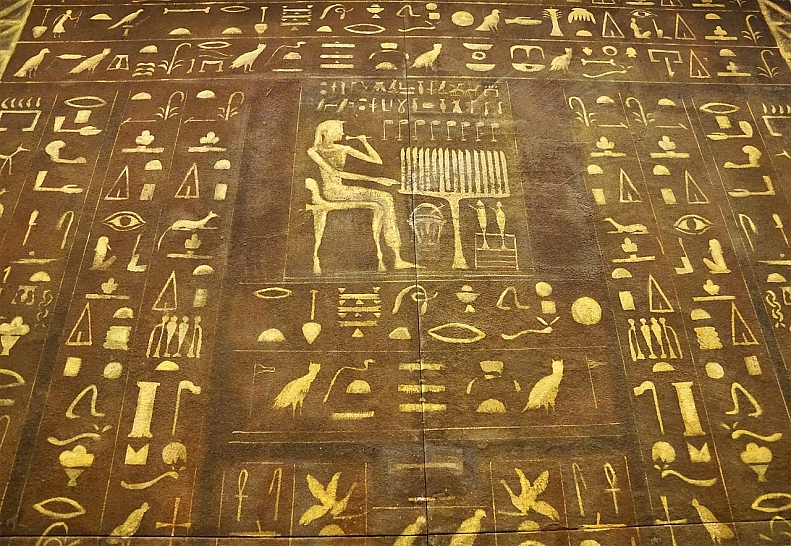
Egyptian art, for example, can be distinguished by its elaborate funerary art and monumental architecture, while Greek art was known for its realism and idealism, and Roman art was renowned for its portraiture and architectural innovations.
Medieval Art
The medieval period, which lasted from the 5th to the 15th century, was characterized by the rise of Christianity and the emergence of feudalism. Medieval art was heavily influenced by religion, with most artworks created for the decoration of churches, monasteries, and other religious buildings.
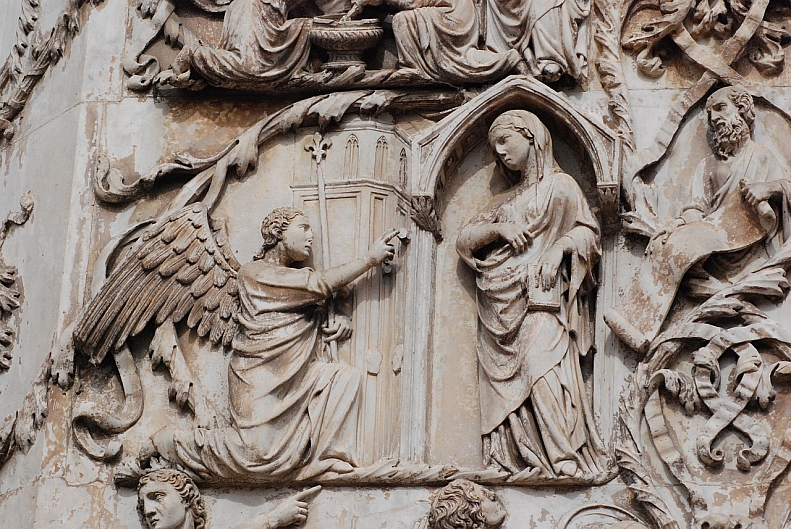
Medieval art can be identified by its use of religious symbolism, flat and stylized figures, and bright colours. Some of the most famous examples of medieval art include the illuminated manuscripts of the Book of Kells, the Gothic cathedrals of Europe, and the tapestries of the Bayeux.
Renaissance Art
The Renaissance was a period of artistic, cultural, and intellectual rebirth that emerged in Italy in the 14th century and spread throughout Europe in the 15th and 16th centuries. The Renaissance denoted a renewed interest in classical art and culture, as well as a focus on humanism, individualism, and secularism.
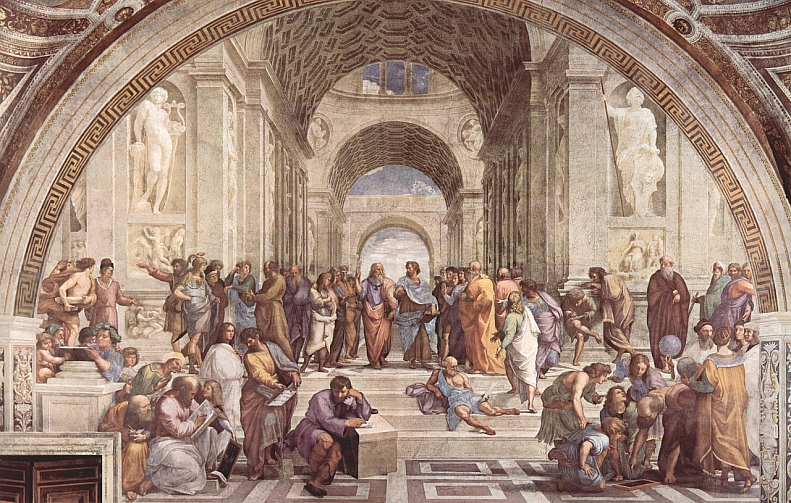
Renaissance art was marked by its realism, perspective, and use of light and shadow, and was often commissioned by wealthy patrons and rulers. Some of the most famous Renaissance artists include Leonardo da Vinci, Michelangelo, and Raphael.
Baroque Art
The Baroque period emerged in Europe in the 17th century and lasted until the mid-18th century. Baroque art was characterized by its dramatic and emotional style, as well as its use of ornate decoration and illusionistic techniques.
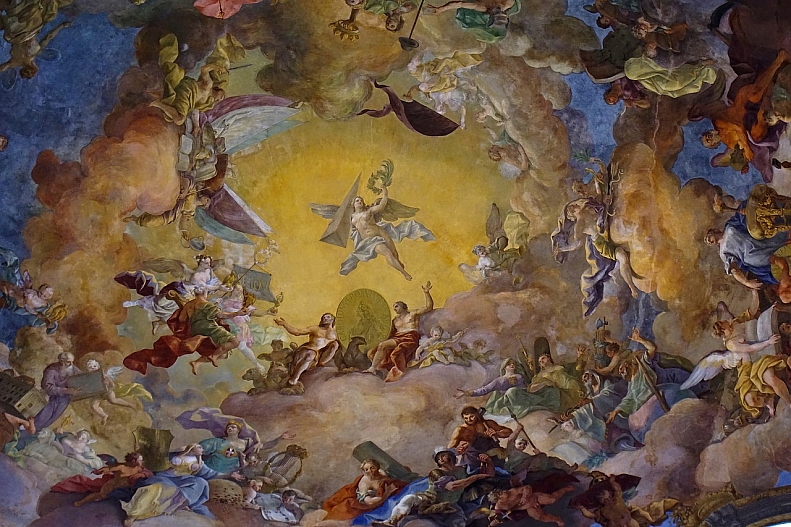
Baroque art was often used to glorify the Catholic Church and the absolute monarchies of Europe and was set apart by its grandeur, dynamism, and theatricality. Some of the most famous Baroque artists include Gian Lorenzo Bernini, Peter Paul Rubens, and Diego Velázquez.
Neoclassical Art
The Neoclassical movement emerged in Europe in the mid-18th century and lasted until the early 19th century. Neoclassical art marked a return to the classical traditions of Ancient Greece and Rome and was marked by its simplicity, clarity, and rationality.
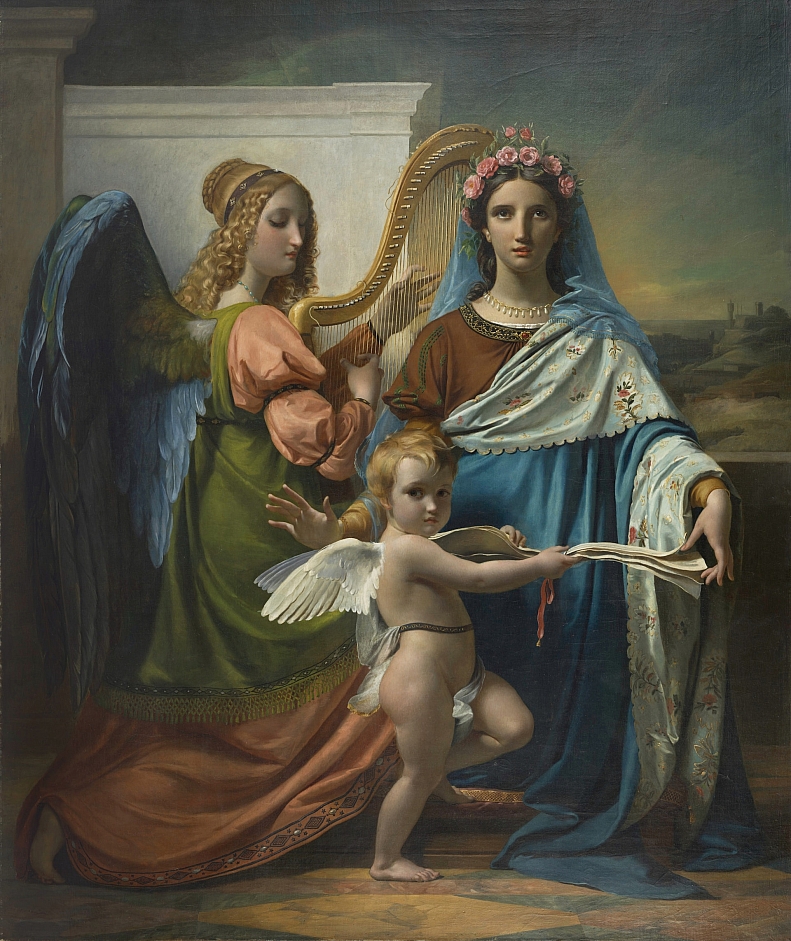
Neoclassical artists sought to revive the ideals of the classical world, emphasizing order, reason, and the pursuit of knowledge. Some of the most famous Neoclassical artists include Jacques-Louis David, Jean-Auguste-Dominique Ingres, and Antonio Canova.
Romanticism
The Romantic movement emerged in Europe in the late 18th century and lasted until the mid-19th century. Romanticism is distinguishable by a focus on emotion, imagination, and individualism, as well as a rejection of classical traditions and the Enlightenment.
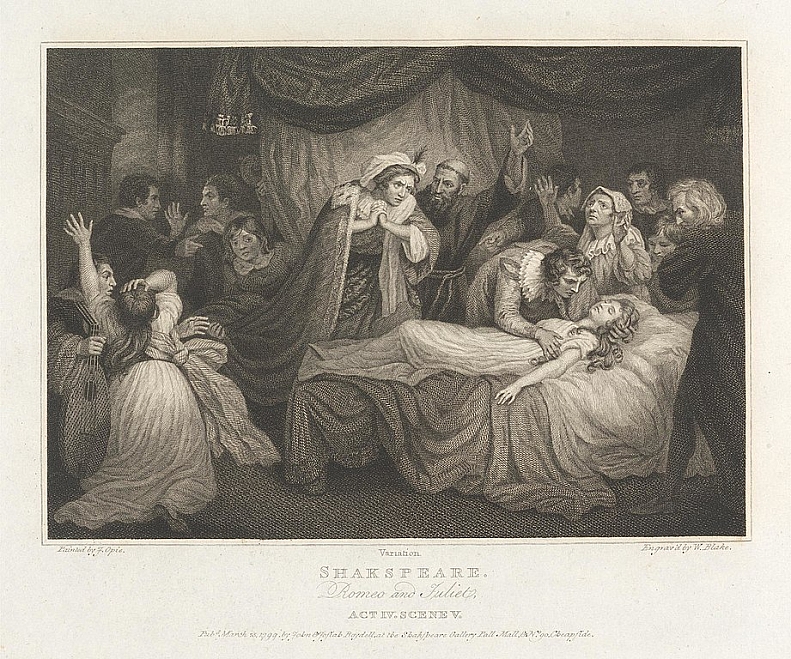
Romantic artists sought to express their feelings and inner visions through their art, often emphasizing nature, the supernatural, and the sublime. Some of the most famous Romantic artists include Caspar David Friedrich, Eugène Delacroix, and William Blake.
Impressionism
Impressionism emerged in France in the mid-19th century and lasted until the early 20th century. Impressionism highlighted its focus on capturing the fleeting impressions of light and colour in the natural world and was marked by its loose brushwork and vivid, luminous colours.
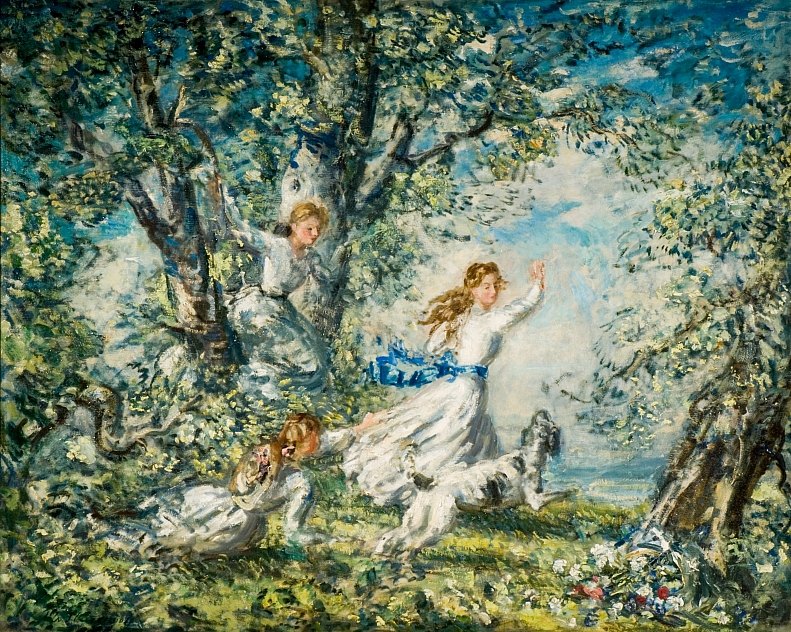
Impressionist artists sought to capture the sensory experience of the world around them, often painting outdoors or en plein air (a French expression meaning “in the open air”). Some of the most famous Impressionist artists include Claude Monet, Pierre-Auguste Renoir, and Edgar Degas.
Modernism
Modernism emerged in the late 19th century and lasted until the mid-20th century, encompassing a range of artistic movements and styles that rejected traditional forms and techniques. Modernist artists sought to break with the past and embrace new forms of expression, often experimenting with abstraction, fragmentation, and distortion.

Modernist art was characterized by its emphasis on individualism, originality, and self-expression, as well as its engagement with social, political, and cultural issues. Some of the most famous Modernist artists include Pablo Picasso, Henri Matisse, and Wassily Kandinsky.
Contemporary Art
Contemporary art refers to the art of the present day, encompassing a wide range of artistic movements and styles that continue to evolve and change. Contemporary art stands out with its diversity, experimentation, and engagement with global issues, as well as its use of new technologies and media.
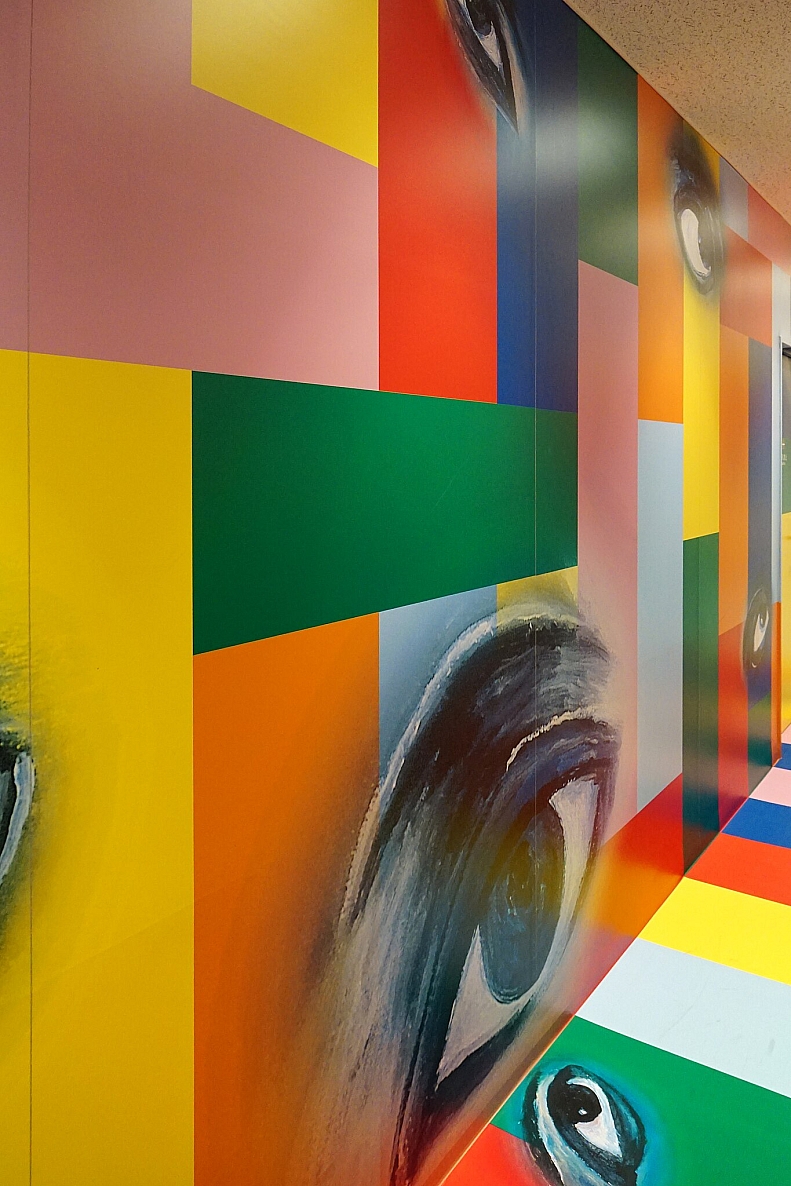
Contemporary artists often challenge traditional forms and techniques, blurring the boundaries between different art forms and genres. Some of the most famous contemporary artists include Jeff Koons, Ai Weiwei, and Yayoi Kusama.
Art has been an integral part of human history, reflecting social, cultural, and political changes throughout the ages. From the prehistoric cave paintings of our ancestors to the contemporary art of the 21st century, art has been a powerful tool for expression, communication, and cultural reflection.
Each artistic movement and style has been shaped by the beliefs, values, and aspirations of its time, reflecting the changing world around us. By exploring the history of art, we can gain a deeper understanding of our cultural heritage and the world in which we live.

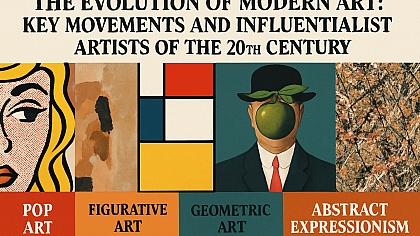
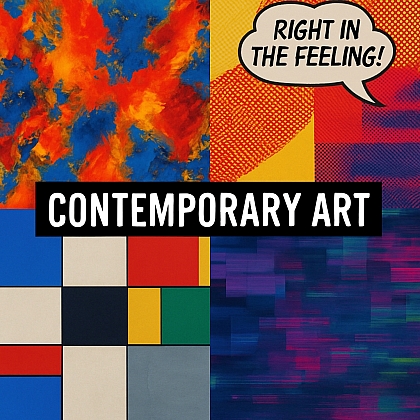
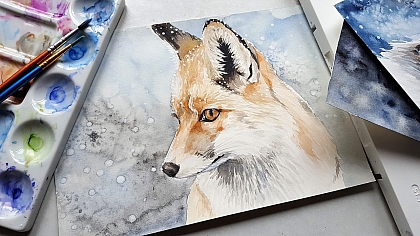

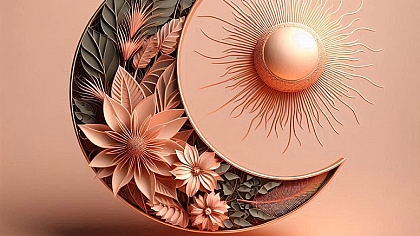
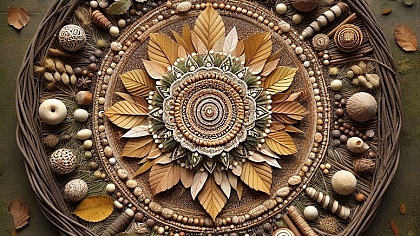

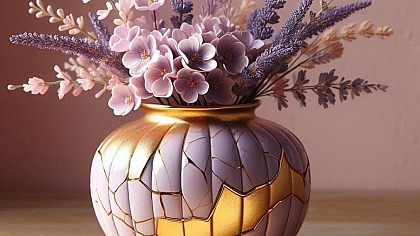
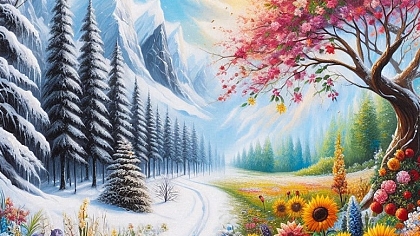
COMMENTS
Can you include the references
It is nice history of visual art